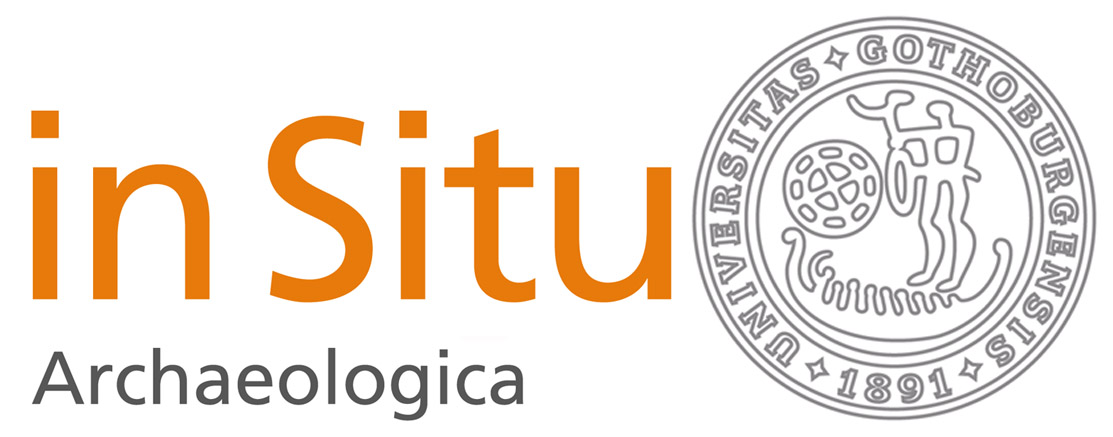Brenselsstrategi i yngre romertids jernfremstilling
En case-study i skogsutnyttelse og bruk av brensel fra Sandeid, Vindafjord kommune, Rogaland
DOI:
https://doi.org/10.58323/insi.v14.9517Abstract
Relatively little charcoal analysis has been conducted in western Norway, despite its considerable potential to contribute to the interpretation of archaeological sites. This is especially relevant in the case of ironworking and other industries which require large amounts of fuel. In 2018 excavations in Sandeid, Vindafjord k. revealed the largest ironworking site so far investigated on cultivated land in Rogaland. The site included slag pits, a possible forge furnace, midden deposits, and a building with a sunken floor ; all dated to the Roman Iron Age. Charcoal-rich structures were sampled to investigate their function as well as to contribute to wider discussions of fuel use, forest management and vegetation history. Here we present the results of this analysis and discuss the potential of charcoal analysis to contribute to the interpretation of ironworking sites in Norway.
Downloads
Downloads
Published
How to Cite
Issue
Section
License
Copyright (c) 2020 Dawn Elise Mooney, Hilde Fyllingen

This work is licensed under a Creative Commons Attribution 3.0 Unported License.
Authors contributing to In Situ Archaeologica agree to publish their articles under a Creative Commons License. This gives third party different rights to use the material under certain conditions. These rights is defined by which license the article is published and it is the third partly responsibility to ensure that the license is fullfilled in any re-use of the material. Authors always retain copyright of their work and any re-use of the material presumes that appropriate credit is given the author, a link is provided to the license, and any changes made are clearly indicated.



